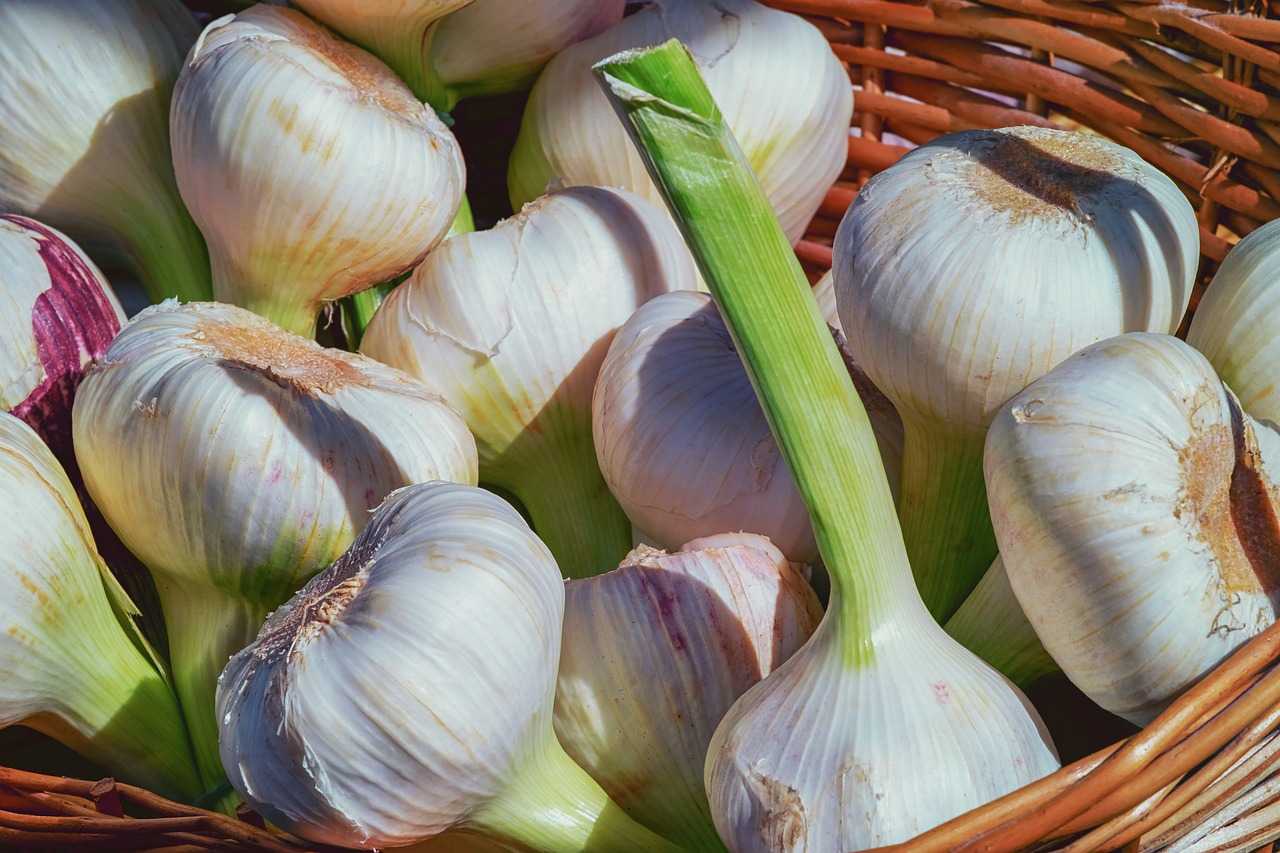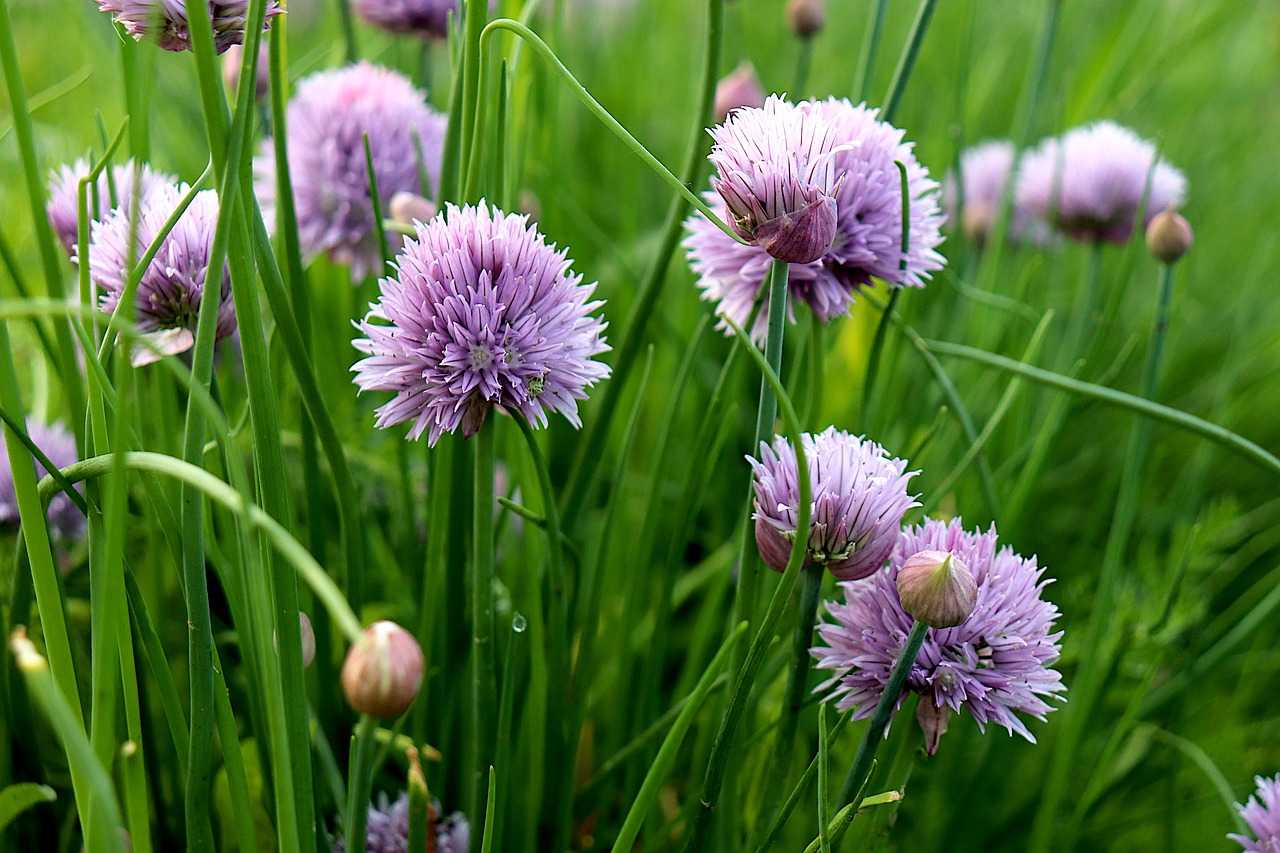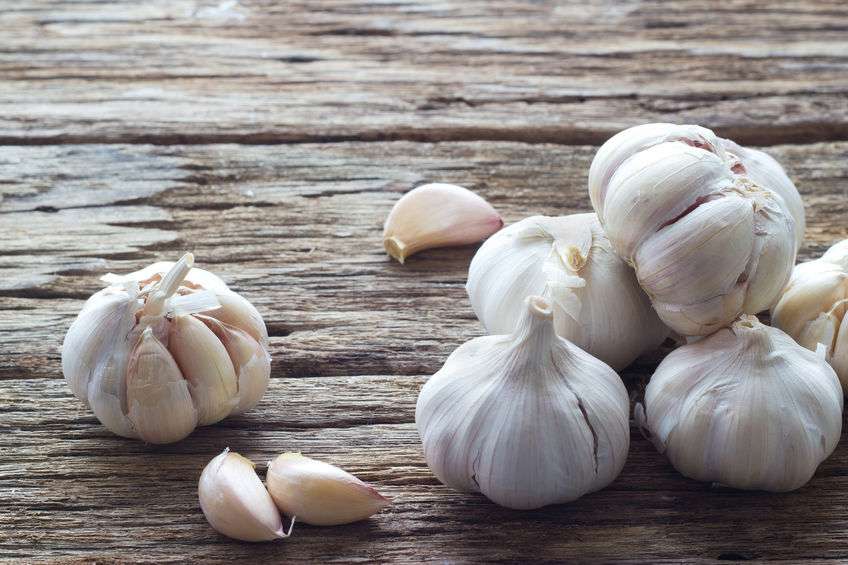
Whether you consider it to be a stinking rose or the nectar of the gods, Garlic has been around forever.
It was traditionally used for health purposes by people in many parts of the world, including the Egyptians, Babylonians, Greeks, Romans, Chinese, Japanese, and Native Americans.
Many cultures considered garlic a cure-all.
In ancient and medieval times, it was revered for its medicinal properties and was carried as a charm against vampires and other evils. In traditional, homeopathic medicine, garlic is valued for its antioxidant, antibiotic, antimicrobial, antiseptic, and anti-parasitic properties.
Garlic is used in many cuisines around the world.
It has been used for centuries by many ethnicities. It was rare for garlic to be used in traditional English cuisine (though it is said to have been grown in England before 1548) and has been a much more common ingredient in Mediterranean Europe.
When the English came to America, they brought their anti-garlic attitude with them. It took almost 3 centuries for this attitude to change, though garlic was used as a folk medicine. By about 1940, America had embraced garlic, recognizing its value as not only a minor seasoning, but as a major ingredient in recipes.
Garlic is a plant in the Allium (onion) family. Its Latin name is Allium sativum. Garlic is a perennial plant of the amaryllis family (Amaryllidaceae), a class of bulb-shaped plants, which include chives, leeks, onions, and scallions. Lilies are also part of this family. Garlic grows underneath the soil in the form of a bulb. This bulb has long green shoots that come out from the top while its roots extend downward. It’s believed that the word garlic comes from Old English garleac, meaning "spear leek."
 What is usually referred to as a “head of garlic” is, in botanical terms, a bulb, i. e., a sub¬terranean reserve structure derived from a cluster of leaves. The single leaves are known as “cloves of garlic.” (1)
What is usually referred to as a “head of garlic” is, in botanical terms, a bulb, i. e., a sub¬terranean reserve structure derived from a cluster of leaves. The single leaves are known as “cloves of garlic.” (1)
The use of garlic in China dates back thousands of years. It was consumed by ancient Greek and Roman soldiers, sailors, and rural classes (Virgil, Eclogues ii. 11), and, according to Pliny the Elder (Natural History xix. 32), by the African peasantry.
"The magic – and magical potency – of garlic was recognized, it seems, from the moment of its emergence into European culture. In his encyclopedic Natural History (XIX. 101), Pliny the Elder (died 79 CE) noted that “whenever they take an oath, the Egyptians swear by garlic and onions as though they were gods.” Why garlic and onions were granted this honor rather than, say, saffron, is not disclosed. In any event, the ancient Egyptians seem to have held garlic in high repute, for it made its way into Tutankhamen’s tomb." (2)
Garlic contains countless vital nutrients — flavonoids, oligosaccharides, amino acids, allicin and high levels of sulfur, to name a few. Garlic is particularly high in certain sulfur compounds that are believed to be responsible for its scent and taste, as well as for positive effects on human health.
Garlic is incredibly nutritious. It contains Manganese, Vitamin B6, Vitamin C, Selenium, and fiber, as well as calcium, copper, potassium, phosphorus, iron, and vitamin B1.
These are just some of the top nutrients found in garlic. Garlic also contains alliin and allicin, When you bite into fresh garlic -- or cut it or crush it -- it develops a component called allicin from the precursor component alliin. Allicin has antibacterial, antifungal and antiviral properties. Allicin also makes garlic smell.
In 2016, world produ ction of garlic was 26.6 million tons, with China accounting for 80% of the total. India was the second largest producer. The United States – ranked 10th in global production of garlic – grows less than 1% of China's production. Much of the garlic production in the United States is centered in Gilroy, CA, the self-proclaimed "Garlic Capital of the World."
ction of garlic was 26.6 million tons, with China accounting for 80% of the total. India was the second largest producer. The United States – ranked 10th in global production of garlic – grows less than 1% of China's production. Much of the garlic production in the United States is centered in Gilroy, CA, the self-proclaimed "Garlic Capital of the World."
Garlic may be used as a treatment for the following health benefits:
• Reducing Colds and Infections
• Controlling Blood Pressure
• Lowering Cholesterol Levels
• Detoxifying Heavy Metals
• Improving Bone Health
• Improving Muscle Function
• Assisting your Athletic Performance
• Regulating Blood Sugar Levels
• Encouraging Circulation
• Antioxidative Benefits
Is garlic ice cream a thing? Yes, it is! Many people love it. Here's a recipe.
Now you know lots of secrets about garlic. Feel free to share them!
If you'd like to check out some products that contain garlic, please visit these links:
Pressu Norm by Professional Botanicals
Metal Detox by Professional Botanicals
Attack by Professional Botanicals
Cranberry Complex by Professional Botanicals
Candida-X2 by Professional Botanicals
T-40 Anxiety Emergency Flower Essences Homeopathic Formula by Dynamic Nutritional Associates (DNA Labs)
T-41 New Vitality Flower Essences Homeopathic Formula by Dynamic Nutritional Associates (DNA Labs)
First Response by Dynamic Nutritional Associates (DNA Labs)
_______________________________________________________________________________________________
Note: The content of this article, and additional content on this website, are for informational purposes only and are not intended to be a substitute for professional medical advice, diagnosis, or treatment. Always seek the advice of a physician or other qualified health provider with any questions you may have regarding a medical condition. Never disregard professional medical advice or delay in seeking help because of something you read here on this website.




